"Aged Tea Clumps" is also called "Gedda Tea," referring to irregular tea blocks with a brown exterior and a distinct aged aroma. Why is it called "Aged Tea Clumps" instead of just "tea blocks" or "tea clumps"?
This is because freshly formed tea clumps have a poor taste, and only after several years of aging do they become suitable for drinking. With the popularization and promotion of Pu-erh tea, Aged Tea Clumps have gradually gained recognition. Once considered a byproduct, they are now regarded as a "treasure in tea."
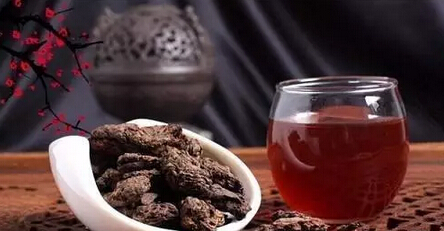
How are Aged Tea Clumps formed?
During the fermentation process of Pu-erh tea, the tea pile is continuously turned and kneaded. Due to differences in moisture and fermentation temperature, some tea leaves secrete sticky pectin, causing tender leaves to clump together with the pectin, forming small tea blocks.
After fermentation, these small clumps are picked out and separated. Those that are too tightly bound are set aside to avoid breaking the leaves during separation. After several years of aging, they become Aged Tea Clumps.
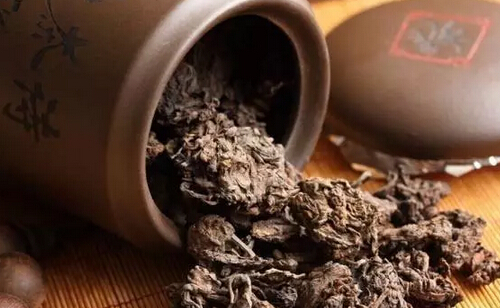
What is the difference between Aged Tea Clumps and regular Pu-erh tea?
They differ in appearance—Aged Tea Clumps are irregular small blocks and cannot be compressed like regular Pu-erh tea due to their dense structure.
Higher fermentation temperature and humidity lead to more pectin secretion from the tea leaves. Aged Tea Clumps are initially formed from tea leaves bonded with pectin, giving them a distinct fruity aroma that regular Pu-erh lacks.
They are extremely durable for brewing, lasting over 30 infusions, with a richer, smoother, and more mellow taste compared to regular Pu-erh.
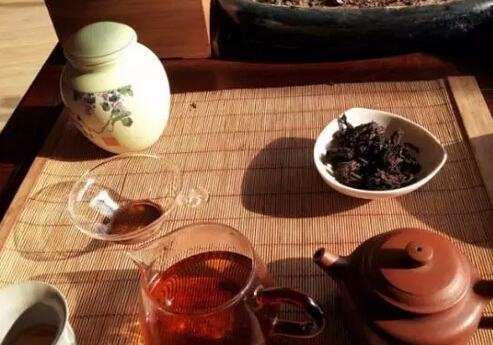
What are the health benefits of Aged Tea Clumps?
As a type of aged tea, Aged Tea Clumps have notable health benefits, particularly for stomach care and digestion. They can calm the mind, detoxify heat and alcohol, relieve fatigue, aid in weight loss, and lower cholesterol.
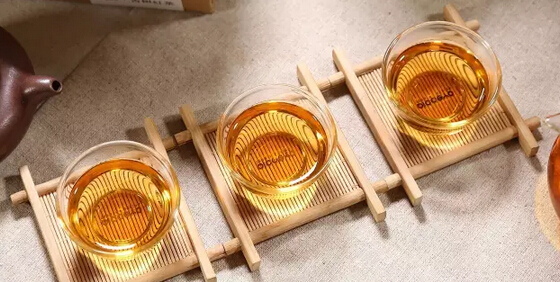
How to brew Aged Tea Clumps?
Tea amount: About 6 grams
Rinsing: There are two methods. The first involves pouring boiling water into the teapot just enough to cover the tea leaves, then quickly discarding it to awaken the tea.
Brewing: Pour water gently, avoiding direct contact with the tea leaves. Use a thin water stream along the edge or a fixed-point pour. For a smoother taste, use slightly cooler water (after boiling); for a more aromatic taste, use hotter water (above 95°C). The key is "more steeping, less exposing."
Pouring: For the first three infusions, cover the teapot after adding water, let it steep for 5 seconds, then pour through a strainer into a fairness cup. For subsequent infusions, increase steeping time by 2 seconds every three rounds. After the tenth infusion, adjust steeping time based on personal preference.
Some prefer to rinse the tea first, then add a small amount of Aged Tea Clumps directly to a pot of boiling water for a stronger brew.
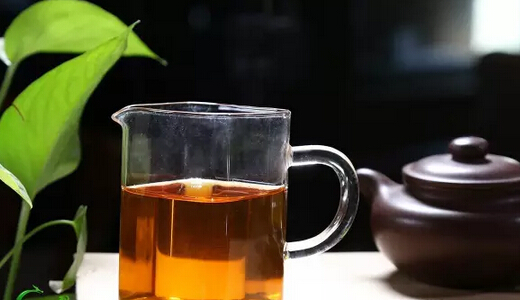
How to store Aged Tea Clumps?
The storage method is similar to that of Pu-erh tea. Keep them in a well-ventilated environment with moderate temperature and humidity, avoiding sudden temperature changes. Store in bamboo wrappers or clean, dry containers, away from strong odors.
In leisure time, invite a few friends, brew a pot of rich and sweet Aged Tea Clumps, and enjoy the tranquil moments over tea and conversation!